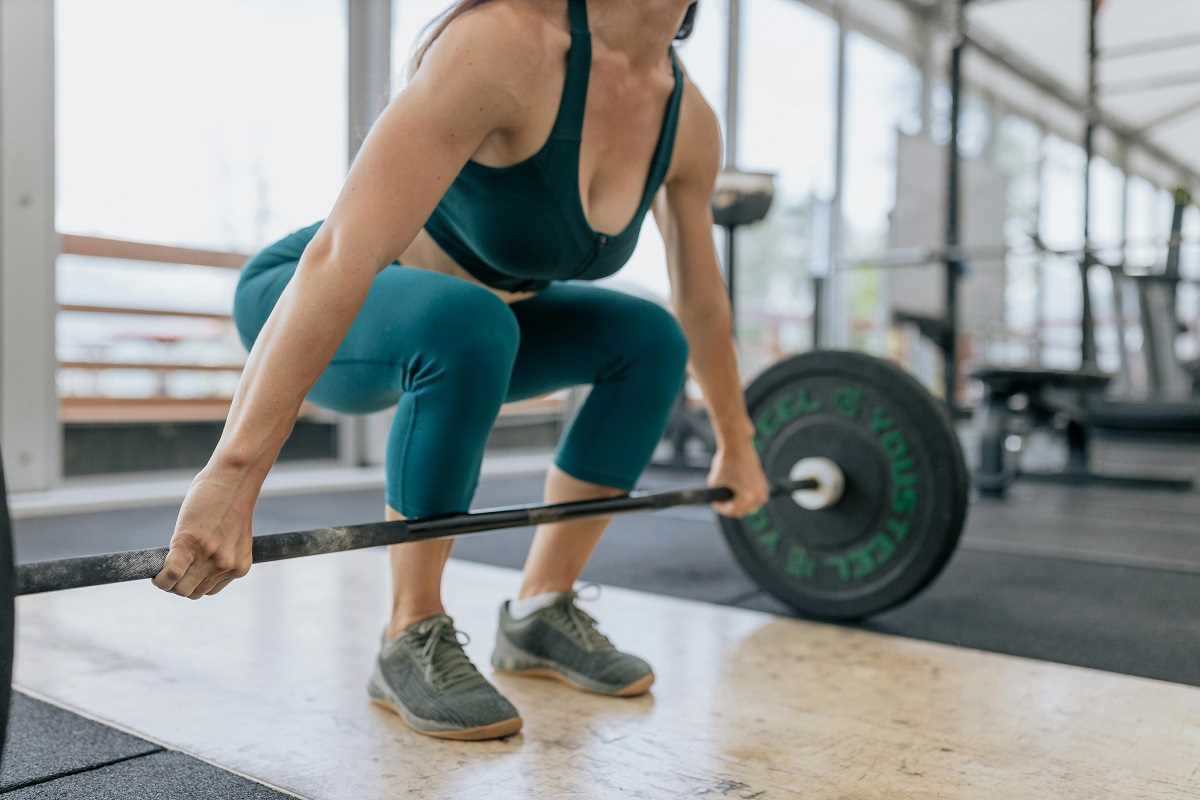Strength training is a secret weapon for aging gracefully. No matter your age, maintaining muscle mass, bone density, and mobility is key to staying strong and independent. But as you move through different stages of life, your body’s needs start to shift. Strength exercises that worked wonders in your 30s might not be the best choice by your 60s—and that’s okay! You can adapt your strength training routine to match where you are in life, ensuring you stay fit, energized, and resilient.
Whether you’re easing into fitness or have decades of experience under your belt, age-appropriate strength exercises are your best ally in living a vibrant, healthy life. Here’s your guide to strength training at every stage, from your 30s and beyond.
Strength Training in Your 30s
Welcome to your prime! Your body is at its peak muscle-building potential in your 30s, making this the perfect time to lay a strong foundation of fitness. The goal here isn’t just to look good (although that’s a nice perk); it’s also to set yourself up for long-term strength and stability.
Focus Areas:
- Building Muscle Mass: Muscle naturally starts to decline in your 30s, so now is the time to focus on building bulk to slow that process.
- Core Strength: A strong core supports everything from good posture to reduced back pain.
- Preventative Fitness: By strengthening muscles and joints now, you’ll help protect yourself from injuries as you age.
Recommended Exercises:
- Deadlifts: Strengthen your hamstrings, glutes, and lower back.
- Planks: Engage your core and improve stability.
- Push-Ups: Build upper body strength and endurance.
- Weighted Squats: Great for lower body strength and mobility.
Tips for Your 30s:
- Gradually increase resistance to challenge your muscles and avoid plateaus.
- Incorporate variety—blend free weights, machines, and bodyweight exercises into your workouts.
- Keep workouts balanced by targeting all major muscle groups.
Strength Training in Your 40s
Your 40s might bring new challenges, like a busier schedule or slower recovery times, but staying active is key to maintaining the strength you built in your 30s. This decade is about preserving lean muscle while focusing on functional fitness.
Focus Areas:
- Muscle Maintenance: Prioritize holding onto the strength and muscle mass you’ve built.
- Joint Health: Age-related wear and tear can sneak up, so low-impact exercises are your friend.
- Posture Correction: Desk jobs and daily stress can take a toll—posture-focused exercises become crucial.
Recommended Exercises:
- Lunges: Strengthen your legs and improve balance.
- Bent-Over Rows: Target your upper back for better posture.
- Resistance Band Workouts: These are gentle on joints but still effective for muscle maintenance.
- Kettlebell Swings: Build power while giving your core and cardio system a boost.
Tips for Your 40s:
- Pay attention to recovery—allow ample time between strength workouts to prevent overtraining.
- Make mobility exercises, like yoga or Pilates, part of your weekly routine to complement strength training.
- Stay consistent. Aim for at least two strength sessions per week.
Strength Training in Your 50s
By now, changes in muscle and bone density become more noticeable. The good news is that strength training can slow, stop, and even reverse these declines. Your 50s are all about working smarter, not harder, to protect your health.
Focus Areas:
- Bone Density Improvement: Weight-bearing exercises help guard against osteoporosis.
- Balance and Coordination: Falls are a growing concern in this stage of life; strength training helps you stay steady on your feet.
- Joint-Friendly Movements: Use controlled, deliberate actions to avoid undue stress on joints.
Recommended Exercises:
- Step-Ups: Great for leg strength and balance.
- Modified Push-Ups: Build upper body strength without straining.
- Wall Sits: Strengthen your legs, hips, and core.
- Resistance Chair Workouts: Perfect for those easing into strength training or needing a joint-friendly alternative.
Tips for Your 50s:
- Warm up thoroughly to loosen tight muscles and joints before strength training.
- Focus on proper form to avoid injuries; consider working with a trainer if you’re unsure.
- Combine strength training with activities like walking or swimming for a well-rounded routine.
Strength Training in Your 60s and Beyond
Strength training at this stage becomes less about building muscle and more about maintaining mobility, independence, and quality of life. Even if you’re starting strength training for the first time, it’s never too late to reap the benefits!
Focus Areas:
- Mobility and Flexibility: Exercises that support daily activities like bending, reaching, and standing up are invaluable.
- Independence: Maintaining strength allows you to stay active and perform daily tasks with ease.
- Preventing Muscle and Bone Loss: Strength training can slow down natural age-related declines.
Recommended Exercises:
- Chair Squats: Strengthen your legs and improve your ability to stand up unassisted.
- Bicep Curls: Build arm strength with lightweight dumbbells or resistance bands.
- Toe Stands: Improve ankle strength and balance by lifting yourself onto your toes.
- Seated Rows: Using resistance bands or light weights, this will keep your back strong and support good posture.
Tips for Your 60s+:
- Prioritize low-impact exercises to protect aging joints and avoid strain.
- Stay consistent but listen to your body—work out at a pace that feels manageable.
- Consider group fitness classes tailored to older adults for extra motivation and community support.
Practical Tips for All Ages
No matter what stage of life you’re in, these tips can help you optimize your strength training routine:
- Master the Basics: Start with simple movements and build from there to avoid injury.
- Stay Flexible: Incorporate stretching and mobility exercises to improve range of motion and prevent stiffness.
- Track Your Progress: Use notebooks, apps, or fitness trackers to monitor your strength gains and stay motivated.
- Fuel Your Body: Protein-rich foods and proper hydration help support muscle repair and growth.
- Celebrate Consistency: It’s not about perfection—it’s about showing up for yourself regularly.
Disclaimer: The content provided on SuperHealthyTips is for informational and educational purposes only. This information is not intended to be a substitute for professional medical advice, diagnosis, or treatment.
 (Image via
(Image via

.jpeg)



